Tube Technology "Fulcrum" DAC
Tested in december 2009

First - I will remind what I wrote a year ago about Tube Technology
Fulcrum transport , brother of this
DAC, and the TT company :
Tube Technology Fulcrum Transport
As much as I am trying to avoid
wasting time for exotic products, this
one deserves special attention. Tube Technology is one of the VERY FEW
companies in existence who have anything interesting to say (and offer)
in terms of inventions, pushing technology, finding own solutions,
questioning status quo, etc. At the same time they love TUBES so it is
a match made in heaven. They apply smd where it makes sense and tubes
too.
What is so special about TT gear is
that they don't use off the shelve
DAC chip but rather design a computer that does all the function of
demodulator, digital processor, filter and DAC in their fully
controlled process. It is upgradable by eprom and future proof, to a
degree.
They are famous for EXCELLENT service
and enjoy high customer loyalty.
The transport and DAC should go
together because they work best with
each other.
Very nicely said. It is important to quote the right people, isn't it ?
Dr. Lampizator meets the pride of Britain - Tube Technology
I felt from the beginning, that Lampizator (my good self) and Tube
Technology should go well together.
By going together I by no means pretend to be their partner, or on
equal level. Oh no. I admit, that TT knows something about digital,
that I cant even comprehend. They could MAYBE have a dialog with Mr.
Behringer, but not me.
But when it comes to some principles and design style and musical
presentation - I hoped to like what TT did. After all - the translation
of Lampizator name means The Man Who Puts Tubes into Gear.
In this special case, I started my encounter from the very end - from
the verdict - and from that point our relationship had begun. A sort of
retrospective. Like in that move IRREVERSIBLE.
So I knew for long time, that the Fulcrum transport / DAC combo
installed in the high resolution setup gets you closer to life music
than (almost) anything else. It is maybe not spectacular - but this
music is without any negative aspects. It does not have any weaknesses.
It is impossible to "catch" the Fulcrum system on anything.
But it is possible to like more another system. In Lampizator
terminilogy - this is the sound for ... well .. not German Dentists -
it is for British Dentists.
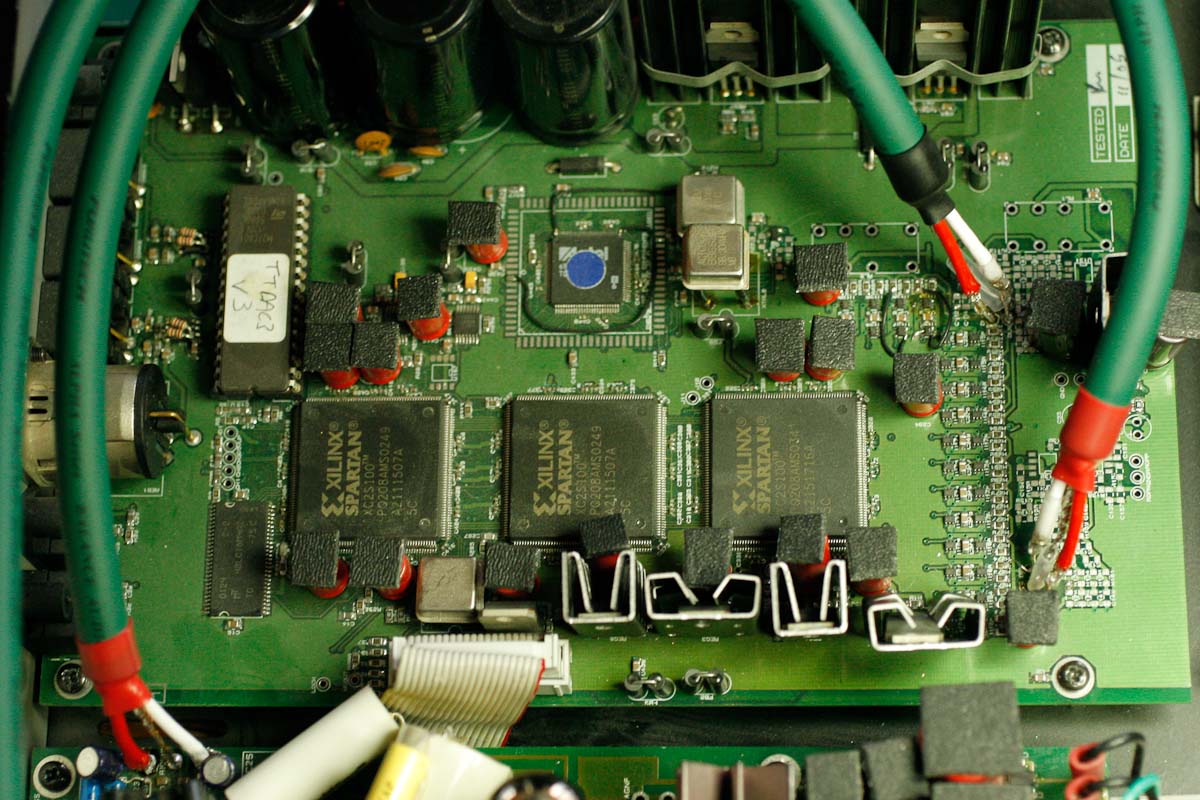
Tube Technology Fulcrum DAC
First strange feature of this DAC is the memory FIFO buffer which holds
2 seconds of the audio data. That means that the datastream is 90 %
immune to jitter and other transport related errors. The data is
purified and blessed with perfection. (if we use for example a
DVD as a transport - the buffer will be doubled because transport
already has one !)
Fulcrum DAC allows for a special data linking - apart from S/PDIF and
AES/EBU - there is a four way link - a'la i2s. The clock, left data,
right data and word-clock are separate.
That works only with their transport. Or other speciallized DSD
sources.
Well, every dac chip has this kind of link, only it happens on the pcb
in a manner of 4 copper traces. Here it is taken out of the box by 4
coax cables. No big deal but it sounds supposedly better than S/PDIF.
Inside the DAc there is a big surprize : as far as I can see - there is
NO DAC CHIP. No TDA, no PCM, no Wolfson either.
Instead we find a whole bunch of XILINX SPARTAN microprocessors. And
some memory chip and an EPROM which holds the bios and firmware of this
whole computer.
Yes - the Fulcrum DAC is a computer. It is sort of a handmade DAC. The
whole PCB is a discrete DAC chip. So far I have never seen such an
expenceive way of achieving what a 1 USD chip normally does. So IT
BETTER BE GOOD.
At the output of this computer I counted 16 pairs of SMD opamps
per channel. I am dumb. Their signal is summed in the exit of that PCB.
So it is almost like these opamps in real time represent individual
bits of information, from MSB to LSB or what?
Untill I see a written explanation ow what's going on - lets simply
agree that it is the most sophisticated, most NOT ME TOO, most NOT
DATASHEET implementation, most radical DAC I have seen so far - by far.

These monstrous green cables - which the owner installed himself - take
the ready analog signals from the DAC PCB to the OUTPUT SHAPING
PCB.(the one on the left).
As you can see - in a fashion that someone very intelligently
called CARPET BOMBING TECHNIQUE - the owner installed blackgates
EVERYWHERE in a hope that he will by accident hit the most important
one. To make things more complicated, again in a carpet bombing
style - he covered EVERYTHING IN SIGHT with scraps of roofing felt.
The output PCB has two stages: first an opamp (double) that buffers the
sound and also does very intensive analog filtering of noise.
My scope when connected to the signal straight from DAC board - went
literally BANANAS. There was so much HF noise that I thought I am
hallucinating.
So there is not a nice an' easy option to tap to that signal at the
source - or we would be peeling off the paint in our living rooms with
that sound.
The opamps - (here replaced with Burson discrete units) help achieve an
analog brickwall of noise at 20 kHz. They are quite good at it actually.

After the opamp the sound goes to a single tube per channel, which has
both triodes connected in SRPP fashion a'La Lampizator.
The mode of operation is 95% identical with my lampiuzator. After the
tube the signal only goes out.
I tried briefly bypassing the opamp - and I liked the sound MORE in
that way but the owner said he misses the ordnung of the opamp.
The sound became "too crazy" for him. So we returned to the stock
connection.
Frankly I dont see much point in tweaking the TT dac. It is a
masterpiece of engineering and as such it should be either liked
or not, but not modified. It is not a crappy Chinese Garage tube
counterfeit amplifier.
Apart from the blackgates (where I agree) I personally wouldn't even
fuck about with the opamps. The analog brickwall should perform as it
was designed, and that includes the opamp's parameters, speed,
characteristics, gain, etc. I am making an assumption that the TT
engineers knew what and why they are doing.
Not necessarily a "better opamp" will be better here.
Internally - the DAC PCB is fully balanced. I believe the outputs of
the DAC box are single ended - with both phases summed in the firewall
filtering process.
A better tube - maybe, but thats about as far as I would go. But again
- with this DAC - I feel like with the Egyptian Pyramides - I feel very
small . Maybe someone from MIT would guide us around this circuit.
Or a computer game soundblaster card engineer.
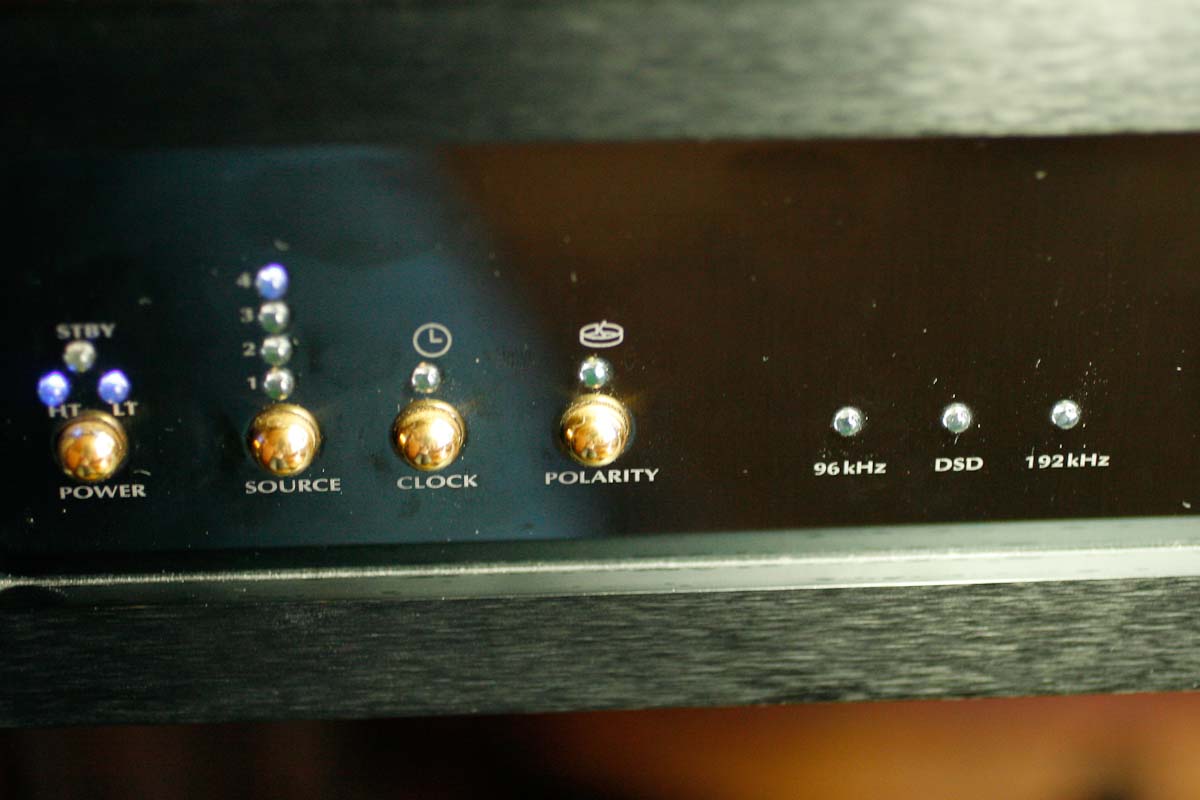
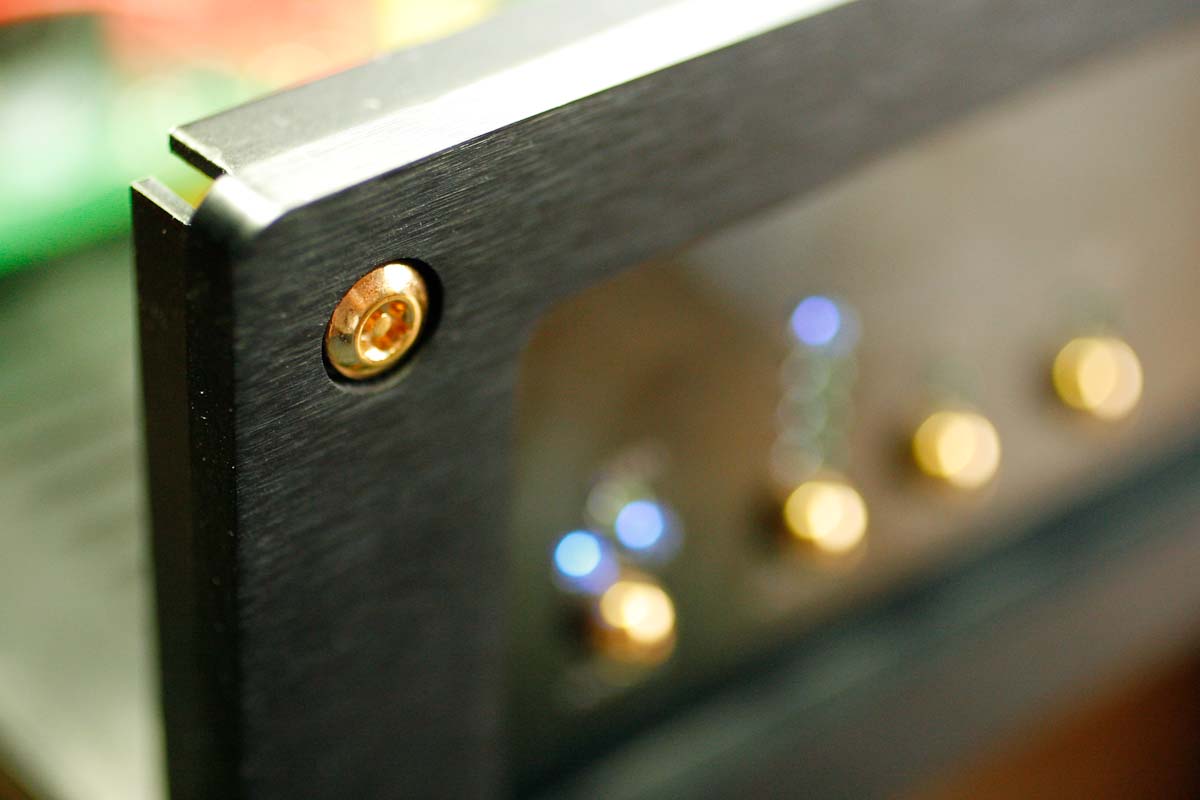
The cosmetics of this DAC are perfect - there is zero money wasted on
glitter and blink, it is just neat and handsome like you would expect
from a 3000 Pound product. But the reasonable majority of the budget
was spent .... on R&D.
Bravo !
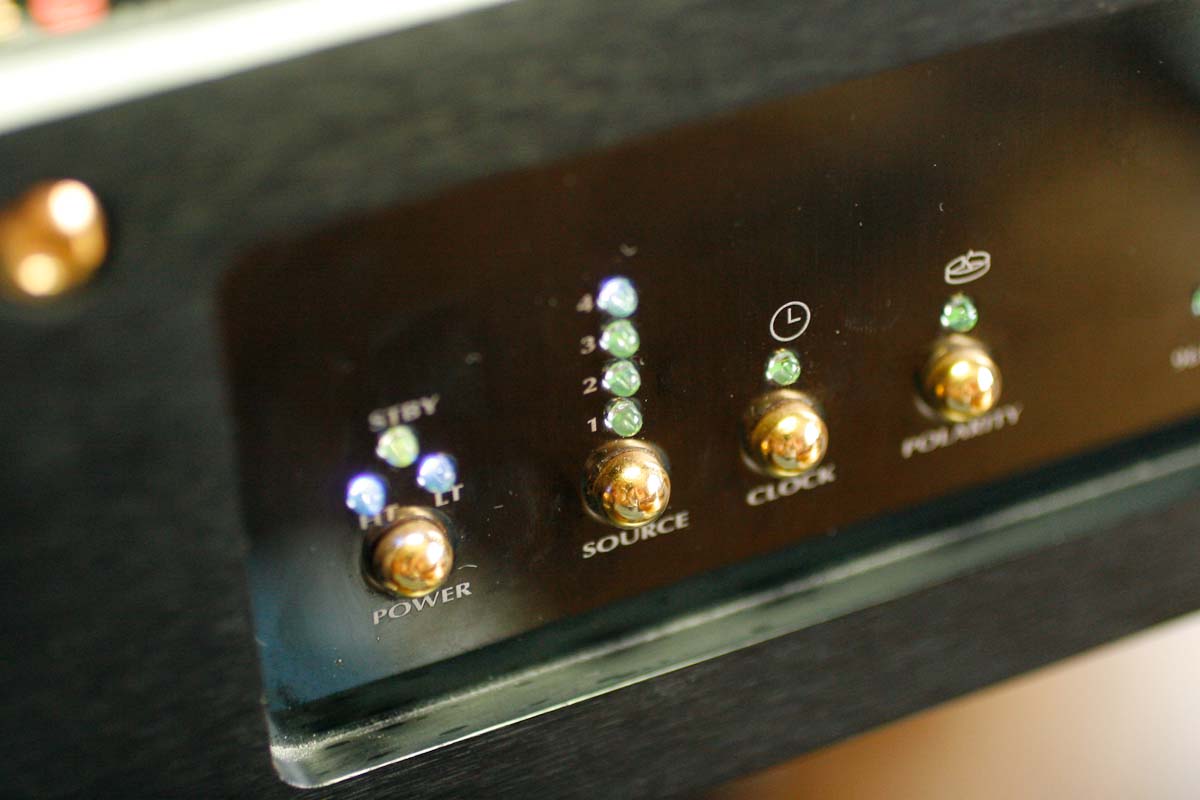

The arrays of low noise regulators - that is the joy to look at - thats
the JEWELERY of this babe.
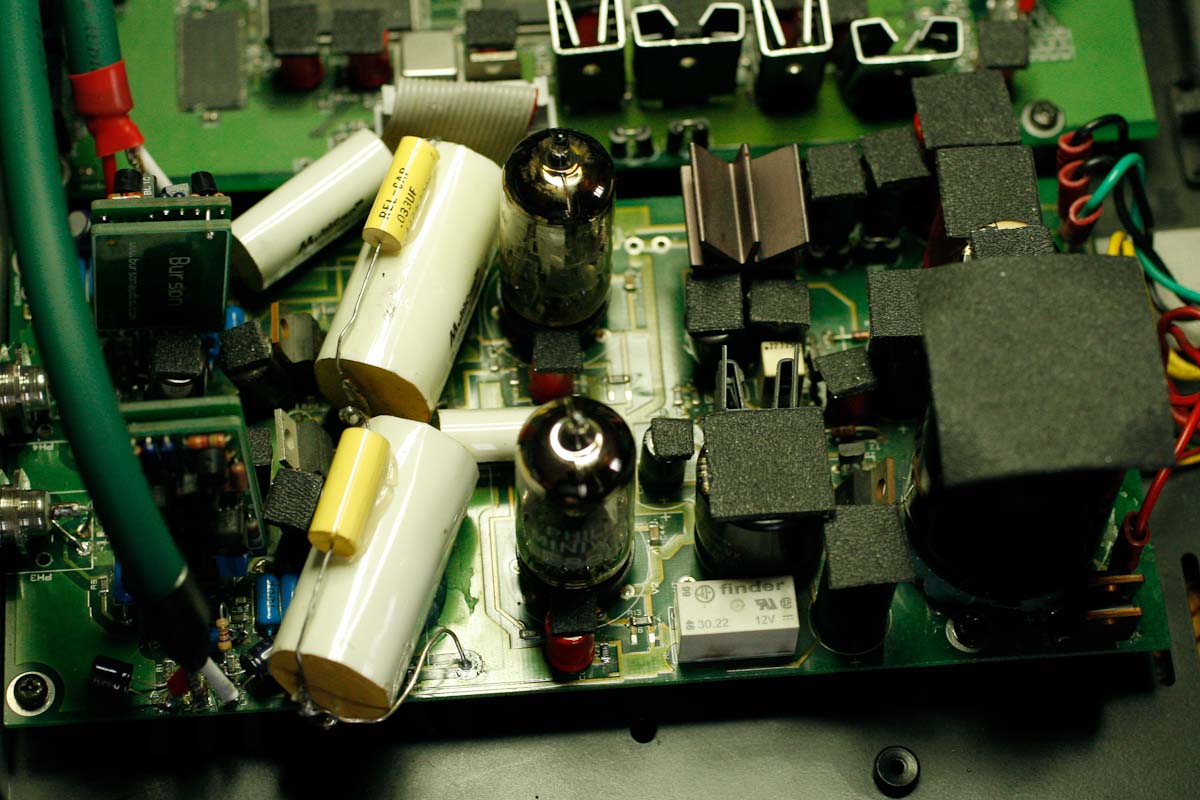


6144 times oversampling - this is KNOCKDOWN. Had the engineer been paid
by the oversampling speed or what ?
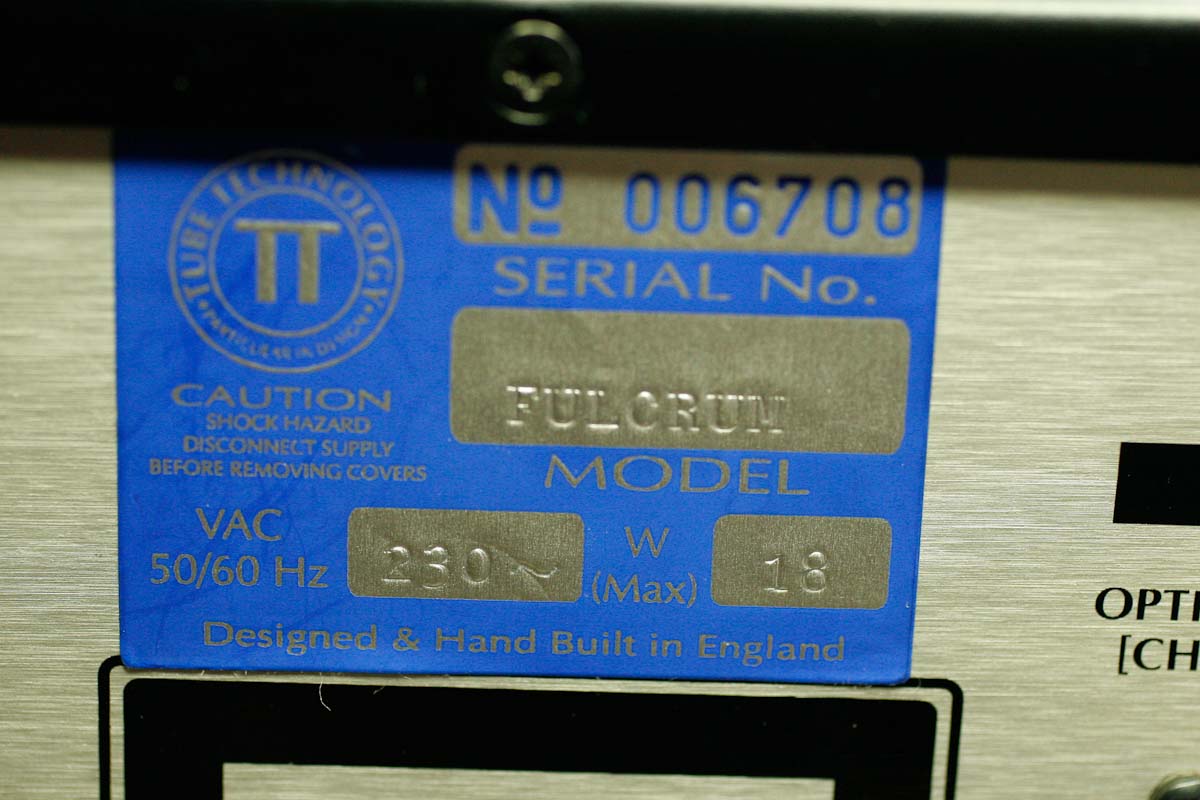
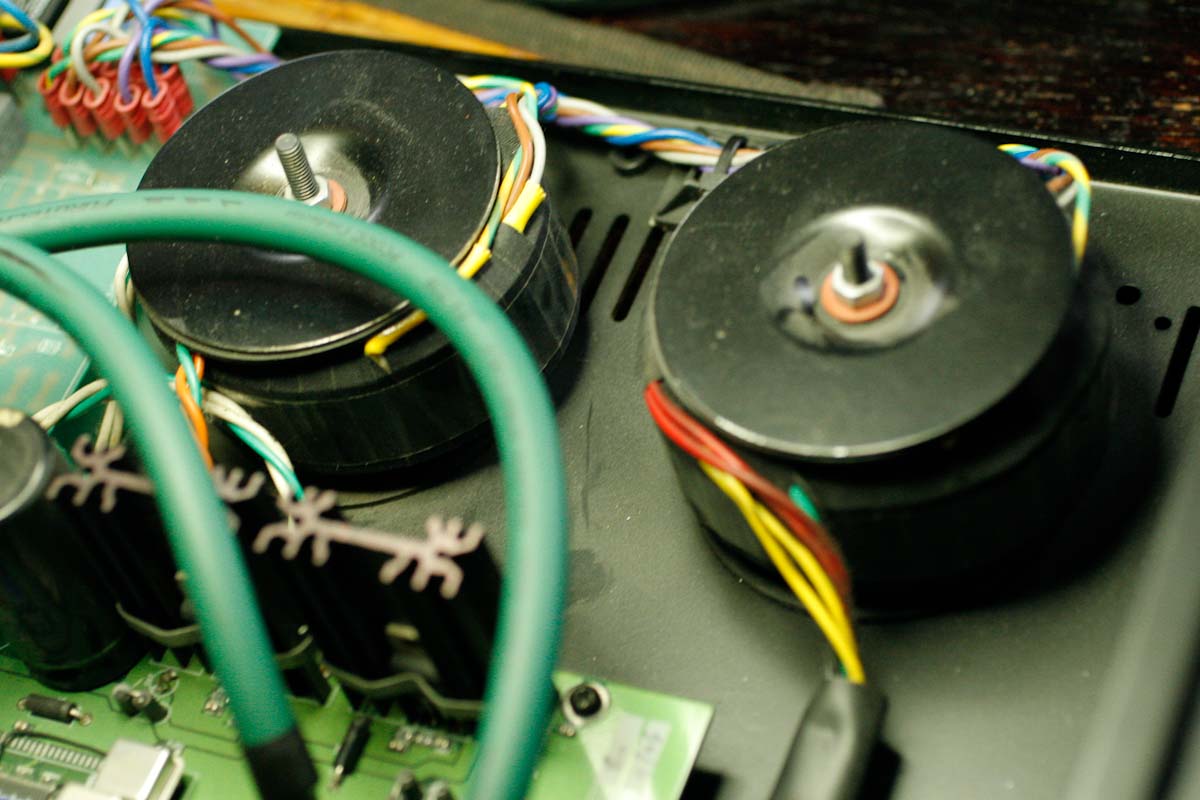
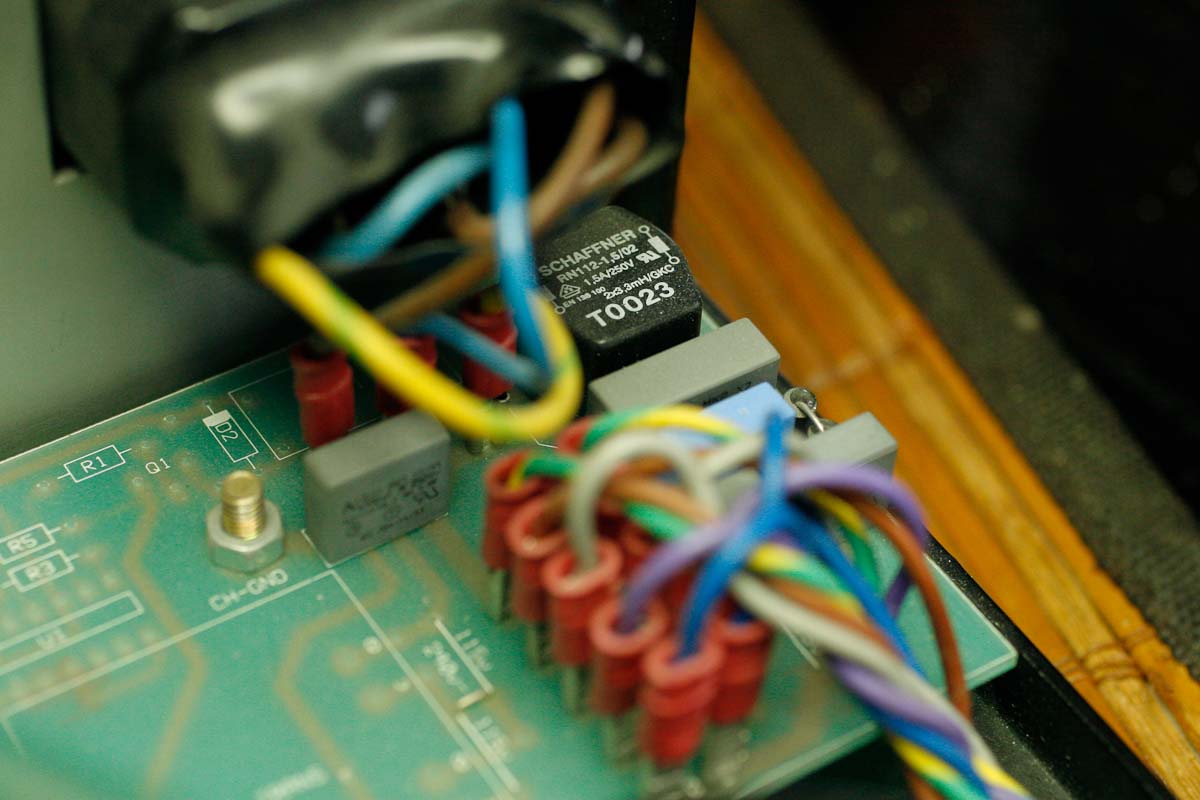
The AC power inlet has extensive filtering - Schaffner
coils, some caps and ferrites. Very nice indeed.
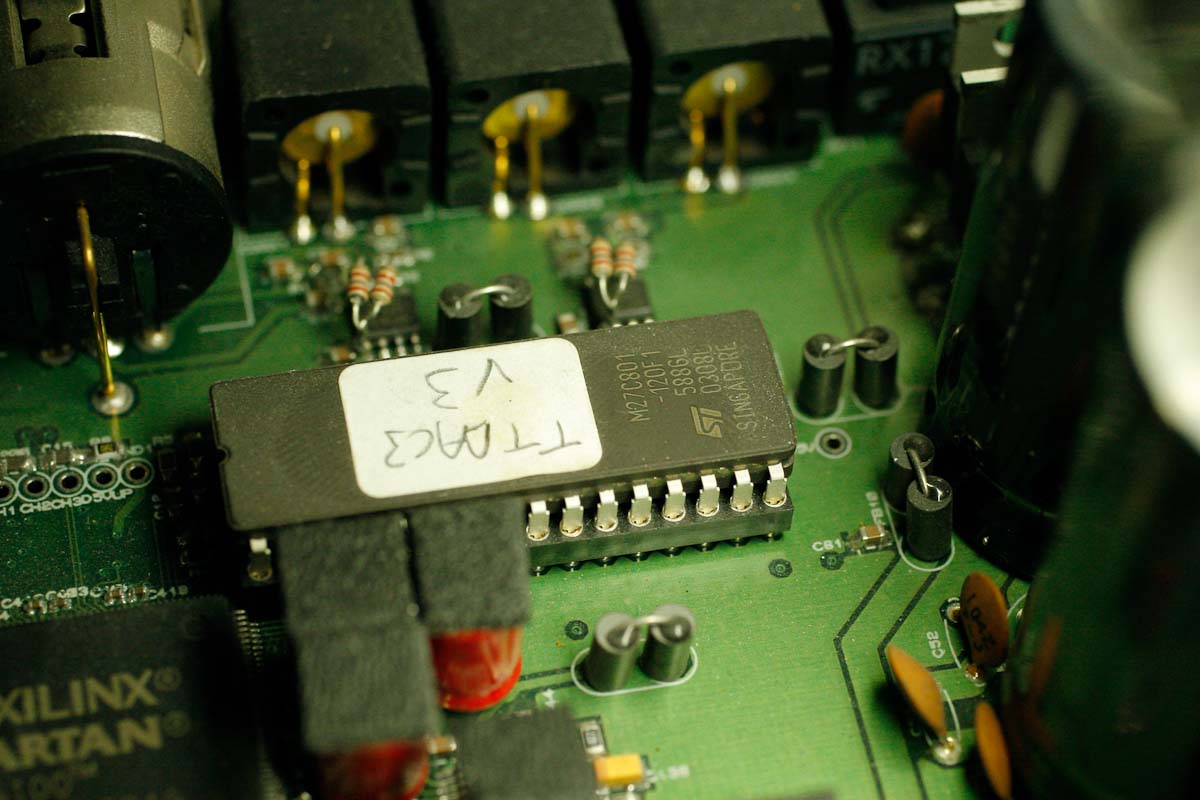
This 8 megabyte EPROM stores the firmware. It is potentially upgradable
but not via a download or wifi or LAN. You must order another chip.
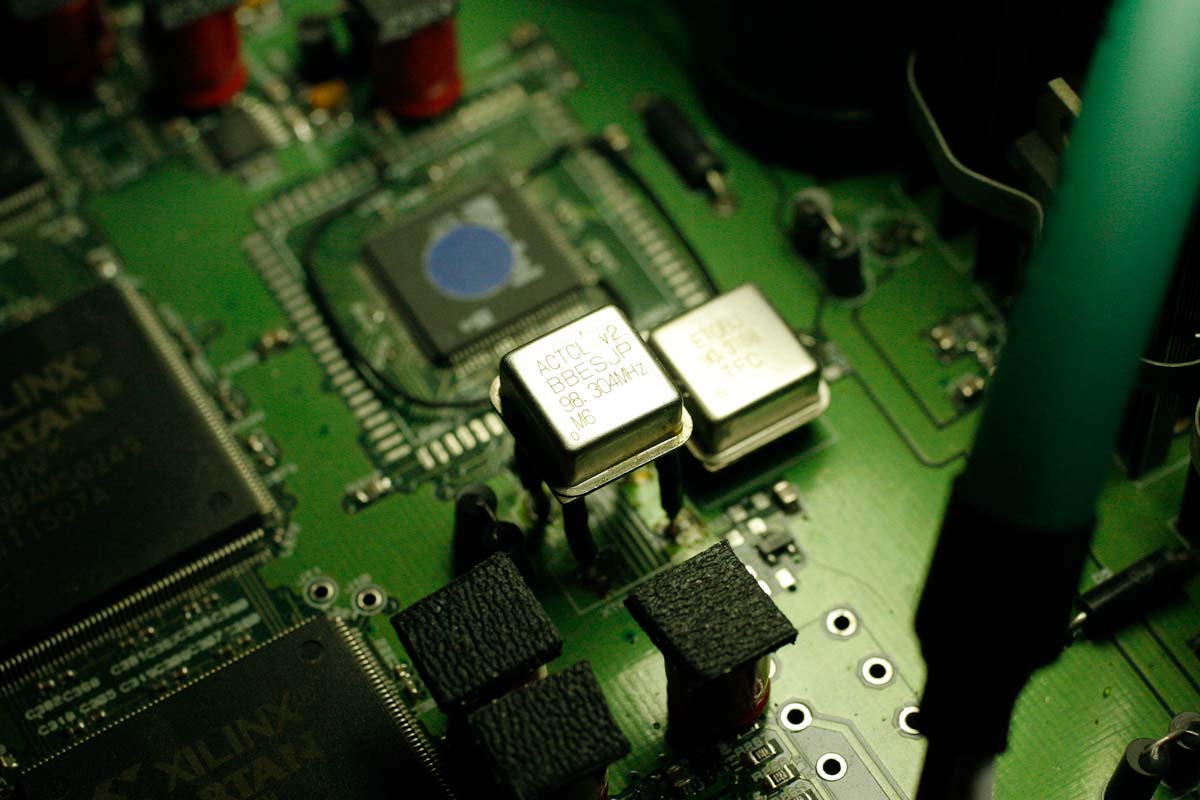
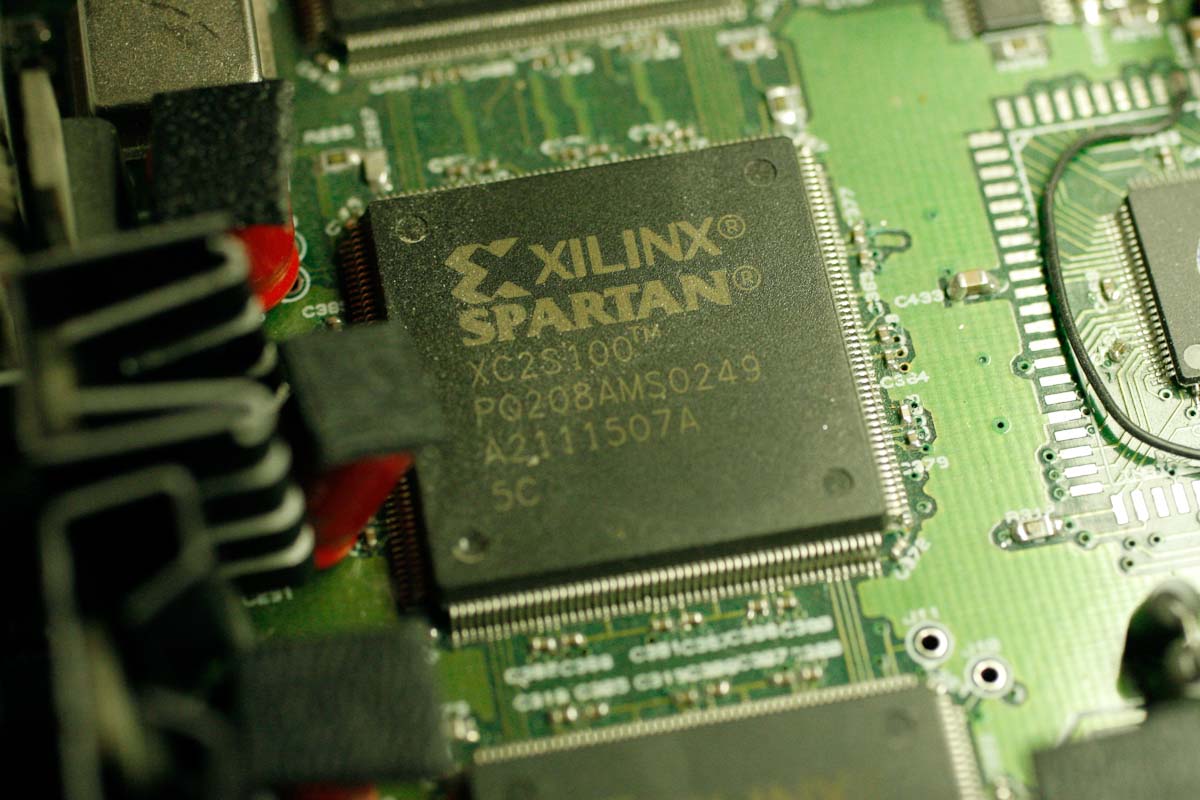
The PCB is built on the SMD technology equal to that of laptop
motherboards. I mean - the elements are bloody small.

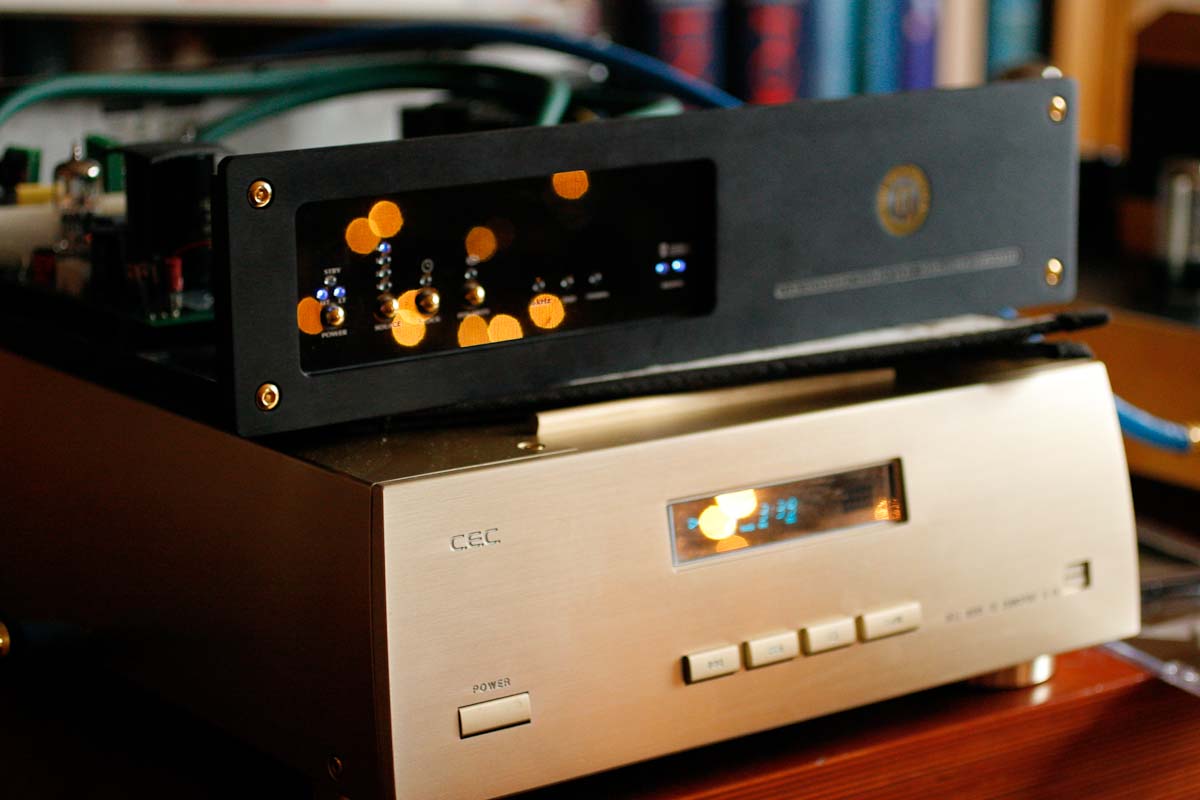
The funny lights are reflections of my christmas tree.
Ze sound. Dźwięk!
This DAC in my system, paired with the hot rodded CEC played very well.
It differed from other DACS in the bass - it had the most controlled,
lean yet powerful bass I ever had. The bas that after first two
kickdrum notes makes you go "whhhooooaaaa," Thats how good it was. It
was a solid state bass in the best meaning of this world.
The only product that I know that has bass of this kind is Tact
Millenium amplifier.
The second most striking feature of this DAC was the easy way of
presenting a wealth of details. There is so much information - it is
scary, yet it is presented effortlessly and naturally. I liked that.
The only DAC similar in this respect is ESS Sabre Reference.
As I said before - there was nothing to catch, no gap or
flaw to even put my fingernail into. I prefer the super analogue
way of Audionote DAC 4, but the Fulcrum is a DAC I would seriously
recommend. Most dentists have probably switched to home theatre by now,
so maybe there are bargains on ebay ? Who knows.


















